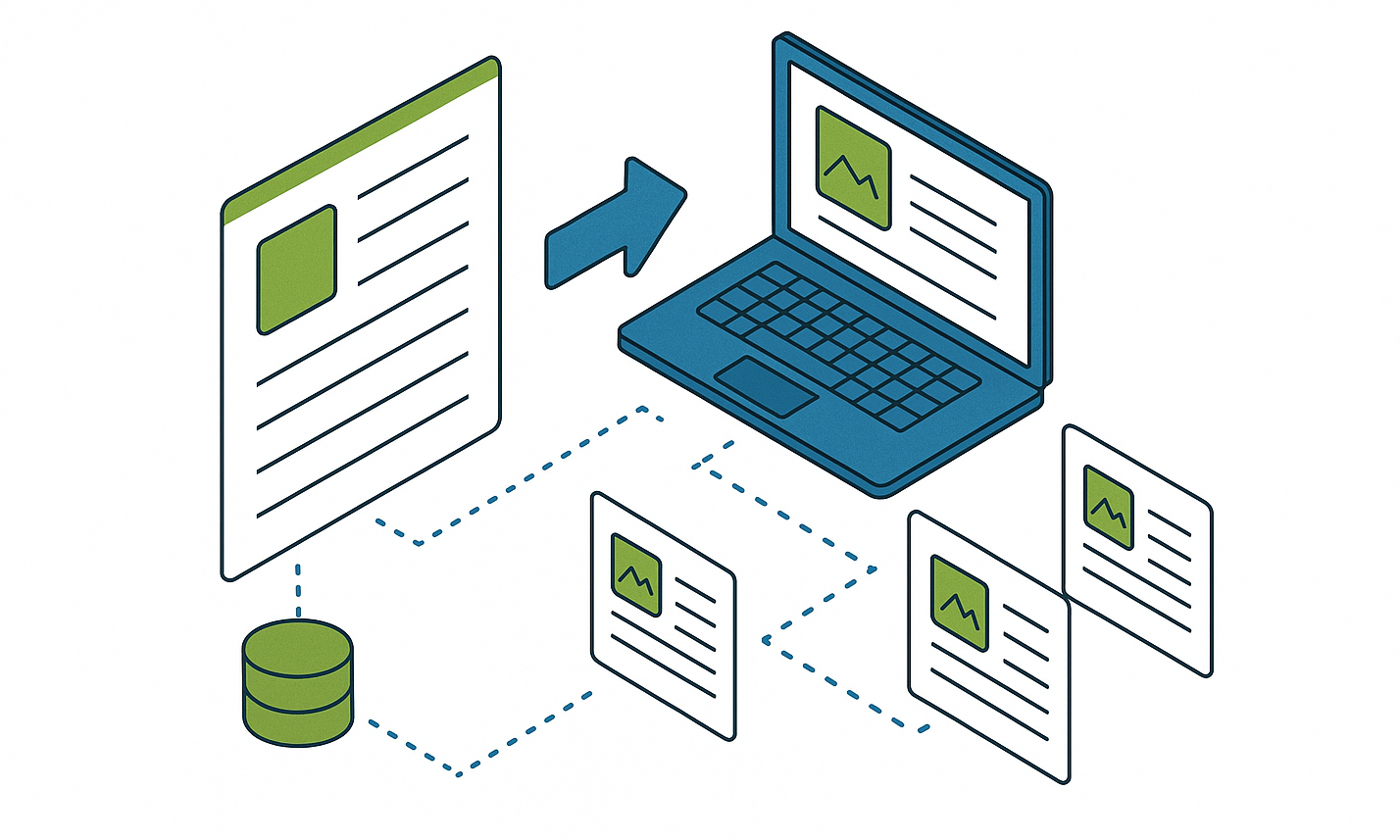The Game-Changing Benefits of Marketing and Sales Alignment
Marketing and sales teams have historically operated on separate wavelengths—and, in some organizations, separate universes. The disconnect between...
4 min read
Christine Hollinden : Oct 16, 2025 9:44:40 AM

You’ve invested time and money into writing articles to show your expertise. But here’s the truth: if you’re syndicating that content to platforms like Mondaq or JD Supra without live backlinks to your site, you’re wasting the opportunity.
Let’s be clear: visibility without authority is a dead end.
For middle-market firms in law, accounting, investment banking, and consulting, content syndication can expand reach. But unless it's executed with precision, you're simply building someone else’s SEO, not yours.
Here’s what you need to know, and what you need to fix.
Content syndication means republishing your article on a third-party platform. Mondaq, for example, repackages insights from law firms, accounting firms, and consultants and distributes them to a built-in network of business readers.
Sounds good in theory. But in practice?
If your article appears on these platforms without embedded links back to your own website, you get name recognition, but no SEO value. No traffic. No lift in your rankings. No compounding benefit for your own domain.
And if that platform outranks your original article in search results (which it likely will), you’ve just handed them your expertise and let them run with it.
Google doesn’t rank based on your firm's name. It ranks based on authority, which is built by two key things:
When executed through a pillar strategy, internal linking builds your site’s authority all on its own. It demonstrates to search engines that your content isn’t isolated, it’s part of a broader, well-structured conversation around key topics.
For example, imagine your firm has a pillar page on “Business Succession Planning.” Around that core topic, you develop supporting cluster articles such as “Five Steps to Prepare for Ownership Transition,” “Tax Considerations for Succession,” and “How to Communicate a Leadership Change.”
Each of those cluster articles links back to your main succession-planning page, while the pillar links out to them. Together, they form a well-organized ecosystem that tells search engines: “This firm is an authority on this topic.”
Here’s where syndication comes into play:
If that same article, complete with internal links, is republished on a third-party site like Mondaq, your internal links become backlinks.
Every link within your article that points back to your firm’s site now counts as an external endorsement from the distributor’s domain to yours.
That’s the hidden power of combining an internal linking strategy with syndication.
Here’s the rule:
No backlinks = no SEO payoff.
If you’re not getting actual links back to your site, stop syndicating. You’re feeding someone else’s authority, not your own.
Backlinks aren’t just about quantity; they’re about quality.
When another site links to you, its reputation rubs off on yours. If that site is credible, relevant, and trusted, Google interprets the connection as a sign of legitimacy. But if it’s low-quality, spammy, or manipulative, that same link can damage your authority.
That’s where two important metrics come in:
This score (0–100) estimates a domain’s overall SEO strength and trustworthiness. It factors in the number and quality of backlinks, organic search traffic, and other indicators of site health.
This score evaluates how “risky” a backlink might be by looking for spammy patterns, like excessive outbound links, link farms, or unnatural anchor text.
In short:
Before syndicating your content, it’s wise to run a quick check of the distributor’s Authority and Toxicity Scores using SEMrush or similar tools. Reputable aggregators like Mondaq usually rank well, but always verify.
Your firm publishes a great article on your site. An industry publication or distributor picks it up, republishes it, and lists you as the author. But there’s no live link, just your name and firm attribution.
This is a waste.
You're doing the hard part, creating thought leadership, and handing off the rewards to another platform. That’s not a strategy. That’s charity.
Fix it by embedding links before syndicating. Not just one, but at least two internal links from your article body to strategic pages on your site.
Syndication can be powerful if you follow this playbook:
Done right, you don’t just increase reach, you multiply SEO authority.
The smartest firms don’t just chase eyeballs. They build digital authority.
Content syndication is not about getting your name out there. It’s about getting your site to rank, bringing in qualified leads, and reinforcing your firm’s credibility on your domain, not someone else’s.
If you're ready to stop wasting your thought leadership and start turning it into real authority and visibility, we can help.
Let's Make Your Content Actually Work For You
At Hollinden, we help middle-market professional services firms turn content into a lead-generating, authority-building machine. From SEO-focused writing to backlink strategy, we know how to syndicate the right way.
Contact Hollinden to stop giving your content away for free.
Content syndication is the practice of republishing your firm’s articles or insights on third-party platforms like Mondaq or JD Supra to reach a wider audience. When done strategically—with live backlinks to your own site—it can expand visibility and boost SEO authority.
If your syndicated article doesn’t include live backlinks to your firm’s website, you gain exposure but no SEO value. Those platforms benefit from your expertise while your site misses out on the traffic and authority you deserve.
Before syndicating, embed internal links in your article that point to key service pages or related insights. When republished, those internal links become backlinks, a major signal of authority in Google’s ranking algorithm.
The Hollinden Point of View brings you monthly insights tailored to helping you grow your firm.

Marketing and sales teams have historically operated on separate wavelengths—and, in some organizations, separate universes. The disconnect between...

1 min read
If you watched any of the recent Olympic cycling events, you may have noticed the lead cyclist quickly turn his or her head to look for fellow...

Last month, Google hosted its annual Google Marketing Live event and announced several big changes, including the newly consolidated Google...